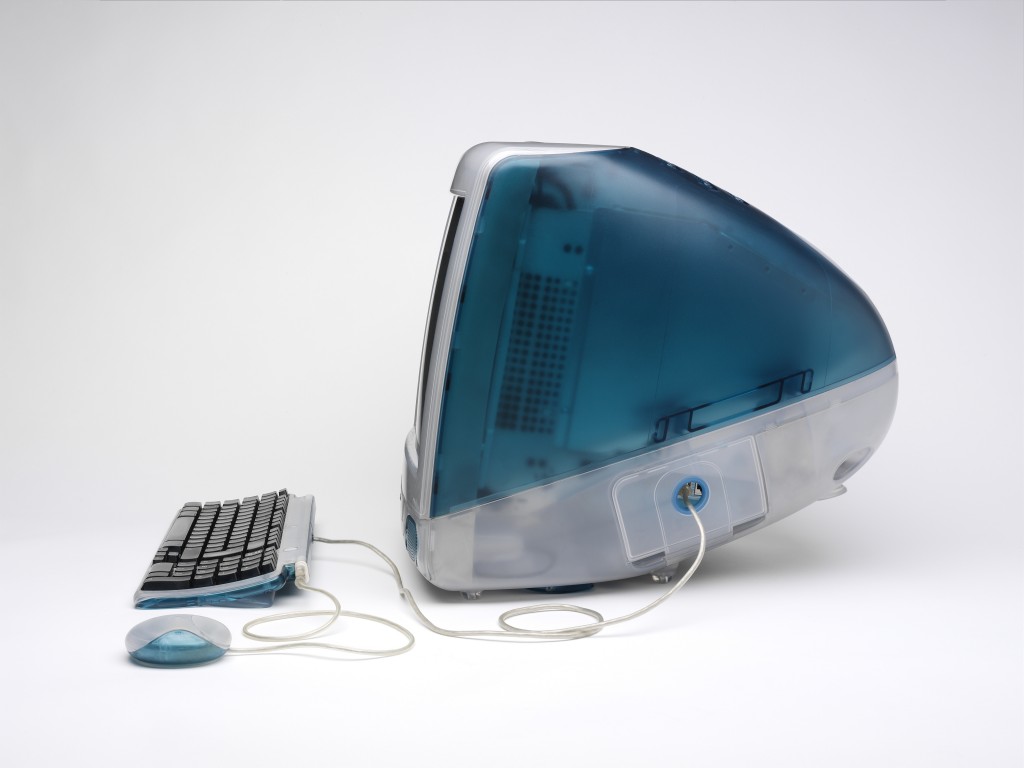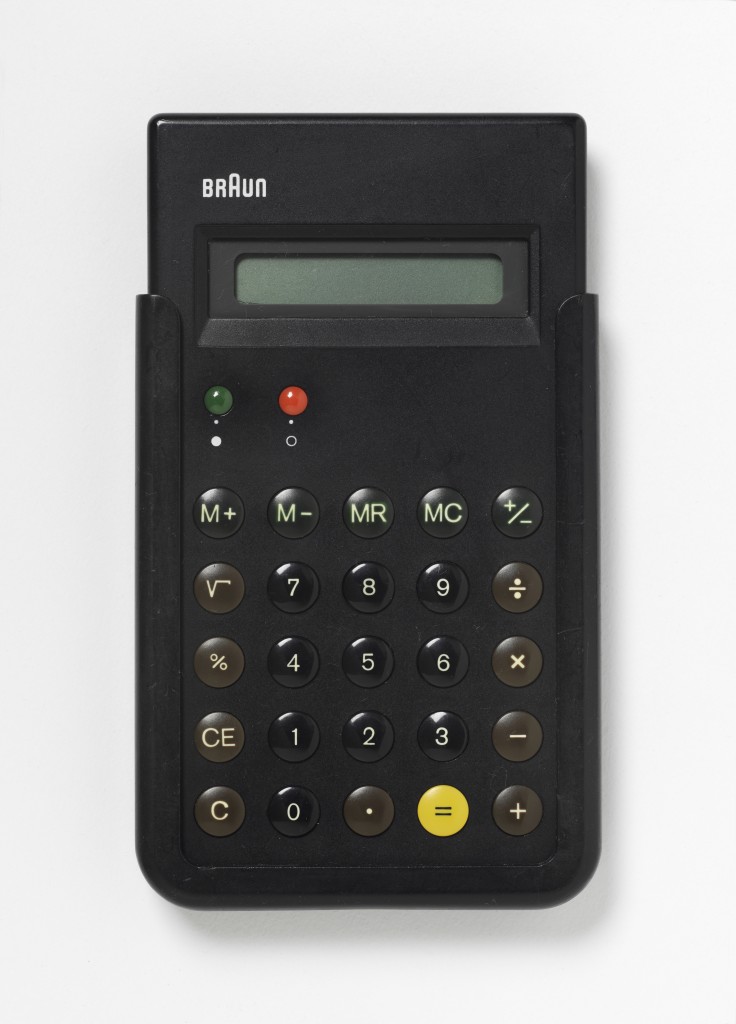Brendan Cormier: The Urbanism of Objects
Brendan Cormier has the momentous role of helping to establish the Victoria and Albert Museum (V&A) Shekou as part of the Design Society Museum at the Sea World Culture and Arts Center in Shenzhen, China. The position demands a holistic and agile mindset which Cormier, a multi-talented thinker, writer and public intellectual clearly provides. First trained as an urban planner in his native Toronto, Cormier shifted course and studied urban design at the Bauhaus Universität in Weimar. He then co-founded the research-based practice Department of Unusual Certainties and became managing editor of the seminal Dutch architecture journal Volume. Having cultivated an experimental approach, the curator believes that postulation and problem-solving can be equal in the discourse of exhibitions or publications and traditional design applications. He spoke to TLmag about how this background informs his curatorial ethos and his role mounting a new museum, capturing the relevance and shift in Chinese design production.
TLmag: How did you transition from urbanism, architecture and writing into design curation?
Brendan Cormier: Throughout my working experiences, I’ve fostered a research-based approach. Volume was already more curatorial than commercial or news-based. There, I was able to explore relevant hypotheses and test them through different perspectives. Today, my approach to exhibition making isn’t all that different. However, I deal with a much larger and unexpected audience. While magazines are often developed for a target group, museums answer to a wider and often unpredictable audience with a lower threshold for nonsense. Visitors can serendipitously wander into exhibitions and discover something entirely new. To mitigate this reality, curation forces us to be disciplined and makes us rigorously evaluate exhibited objects, the significance they carry and messages they project.
TLmag: Given the nature of the field, what makes the curation of design different to architecture?
B.C.: Unlike architecture journalism where a theoretical and critical approach is expected, design magazines are often beholden to advertising and other commercial constraints. When I started working at the V&A, I still thought of design as a sub-genre of architecture but soon realised that the discipline encompasses a wide scope—everything from fashion to graphics. As a design curator, I’m able to reveal the narratives of designs found in all corners of society, culture, and the built environment by placing them in the context of a gallery space. Our first V&A Shekou exhibition entitled “Values of Design” will showcase objects from the museum’s extensive collection, exploring the impetus for why they were collected, what worth they carried and still carry in defining design. People often ask if I’ll ever come back to architecture and urbanism. I answer with the idea that cities are in fact made up of more objects than buildings and that urbanism should actually address these elements. Nowhere is this more evident than in Shenzhen.
TLmag: In looking at the concept of an urbanism of objects, how do you perceive the Pearl River Delta region as a major centre of production?
B.C.: As a city, Shenzhen is a machine. This is a reality that is more visible than in New York or London. Curators gauging the quality and scope of design in those cities can only really explore studios and firms. With our direct proximity to the factories where most designs are produced, our investigation of the field is far more diffused. As curators working in this region, we engage with the engineers and technicians whose contribution to the design and production process is often overlooked. This issue was central to an exhibition we mounted for the 2015 Shenzhen Biennale for Architecture and Urbanism. At the time, the city had just applied for a UNESCO designation of Global City of Design. We took the opportunity to explore what constitutes design through the lens of manufacturing rather than just consumption.
TLmag: What can the V&A Shekou learn from the connection V&A London has to industry?
B.C.: There are clear parallels between the founding of the two institutions, though they are separated by a 160-year gap. The Victoria and Albert Museum emerged out of the 1851 Great Exhibition. At that time, a shift was occurring in which the UK, as the first industrial power, was beginning to come up against competition from other European countries. The museum was founded with the mandate to breathe quality back into industrial work. This impetus was also shaped by a movement to reform design because of concerns about the effects of industry. This movement was influenced by a wide variety of craft goods coming in from all reaches of the British Empire. As a leading force in the world for last twenty years, China is now experiencing a similar shift, one that provides critical perspective. The Sea World Cultural and Arts Center, which was started by local conglomerate China Merchants Group, looked to the V&A for guidance and contributions due to that shared history. Housed within the Fumihiko Maki-designed building, the Design Society Museum features a V&A gallery with objects from the museum’s extensive 20th- and 21st century design collection. Unlike the Guggenheim extension model of transplanting outposts throughout the world, this project is based on a collaboration with existing local components and individuals, making it more unencumbered.













